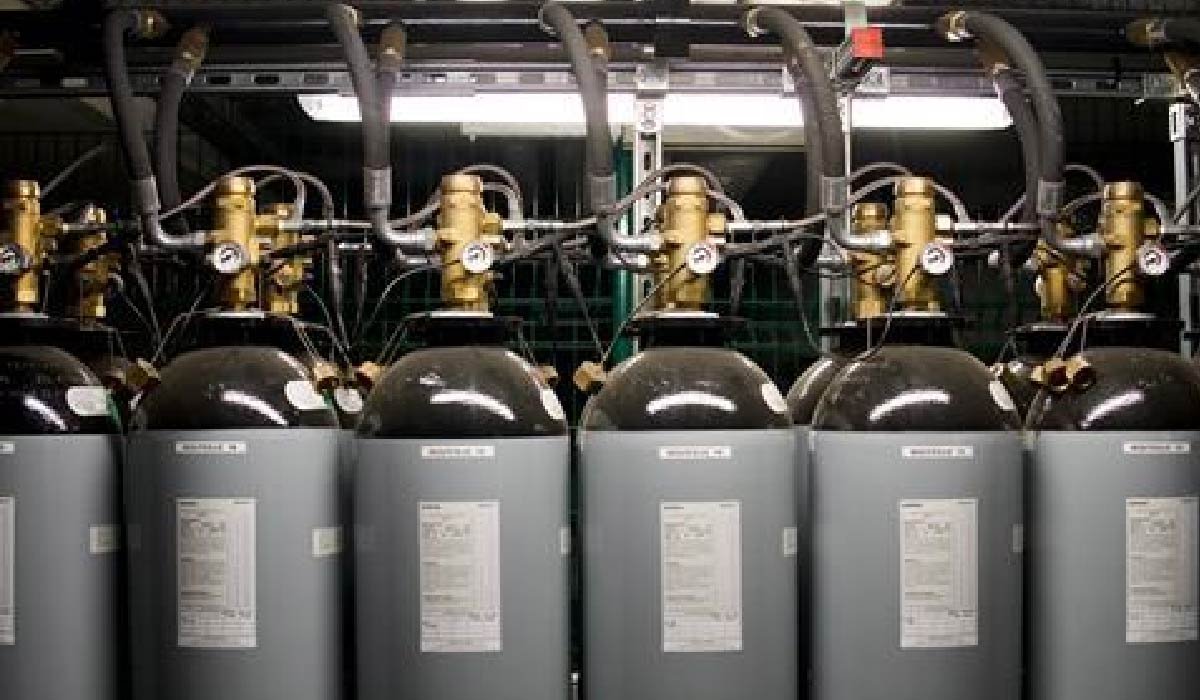Business
How Nitrogen Gas Supports Modern Life

Nitrogen makes up nearly four-fifths of our air. Though invisible and inert under ordinary conditions, it plays vital roles in many technologies, industries and everyday tasks. So, what is nitrogen used for? Understanding its uses and applications reveals just how essential it is behind the scenes. Let’s take a look!
What Kind of Gas It Is
Nitrogen gas (N₂) is colourless, odourless, and largely non-reactive. Because it does not easily react with many other substances, it serves as a stabiliser and protective atmosphere in many processes where oxygen or moisture would cause harm or reduce quality. It can be stored in compressed form or liquefied at very low temperatures, depending on the application.
Food Packaging and Freshness
One common use is in food storage and packaging. By flushing out air and replacing it with nitrogen, oxidisation can be slowed. Oxidisation is a chemical reaction involving oxygen that causes spoilage, rancidity, and colour or flavour change. Packaging with a nitrogen atmosphere helps extend shelf life of items like chips, coffee, nuts, fruit and other perishable goods.
Nitrogen is also used in sealed containers or bulk storage to reduce degradation and to keep product quality stable through shipping and shelving.
Manufacturing and Electronics
In manufacturing, nitrogen is valued when clean, dry, and inert conditions are required. During soldering, cutting or coating electronic components, exposure to oxygen or moisture can degrade performance. Using nitrogen in those steps helps protect materials and improves reliability.
In metal processing such as annealing or hardening, nitrogen sometimes helps control atmosphere, reduce scale, and protect surfaces.
Cryogenics and Low-Temperature Uses
When nitrogen is cooled to very low temperatures, it becomes liquid nitrogen. Liquid nitrogen has applications in scientific research, freezing biological materials for preservation, performing certain kinds of medical treatments, and rapid freezing or chilling in food processing.
Its capacity to reach extremely low temperatures makes it indispensable for freezing specimens or preserving cells, where other cooling methods might damage delicate structures.
Fire Safety, Purging, and Inerting
Because nitrogen does not support combustion, it is used to reduce oxygen in environments where fire risk is a concern. In fuel tanks, storage tanks or pipelines, nitrogen can fill empty space to prevent explosive mixtures from forming.
In other cases, nitrogen is used to purge equipment of reactive or moisture-rich air before starting processes that require dry, inert atmospheres.
Specialty Uses in Vehicles and Tires
Some performance and aviation sectors use nitrogen to inflate tyres. Compared to air, nitrogen leaks less rapidly, is less affected by temperature changes, and may help maintain consistent pressure under challenging conditions.
Similarly, in racing and aviation, stable tyre pressure is critical for safety and performance. Nitrogen fillings are one of the tools to help maintain performance consistency.
Everyday Scientific and Medical Uses
In laboratories, nitrogen is used to provide an atmosphere free of oxygen for experiments. That helps avoid unwanted chemical reactions or decomposition. Nitrogen may also be used in medical settings, for example with certain sterilisation methods or to help maintain low temperatures for storage of tissues, samples or medical products.
In some treatments, the cold properties of liquid nitrogen are harnessed for cryotherapy, which can remove warts or benign lesions by freezing them gently.
Using Nitrogen Responsibly
Even though nitrogen is benign in many situations, there are safety considerations. In enclosed spaces, buildup of nitrogen can displace oxygen and lead to suffocation. Use in cryogenic form requires insulated containers and proper handling to avoid cold-burn injury. Any installation or system that uses compressed or liquefied nitrogen should follow strong safety protocols.
Final Thoughts
Nitrogen gas quietly supports modern life in many more places than we might first recognise. From preserving food to protecting electronic devices, from enabling medical research to ensuring safety in manufacturing, its role is wide and varied. Because it acts without reacting, it helps materials last, processes remain stable and products remain safe.
-

 Celebrity1 year ago
Celebrity1 year agoWho Is Jennifer Rauchet?: All You Need To Know About Pete Hegseth’s Wife
-

 Celebrity1 year ago
Celebrity1 year agoWho Is Mindy Jennings?: All You Need To Know About Ken Jennings Wife
-

 Celebrity1 year ago
Celebrity1 year agoWho Is Enrica Cenzatti?: The Untold Story of Andrea Bocelli’s Ex-Wife
-

 Celebrity1 year ago
Celebrity1 year agoWho Is Klarissa Munz: The Untold Story of Freddie Highmore’s Wife
















